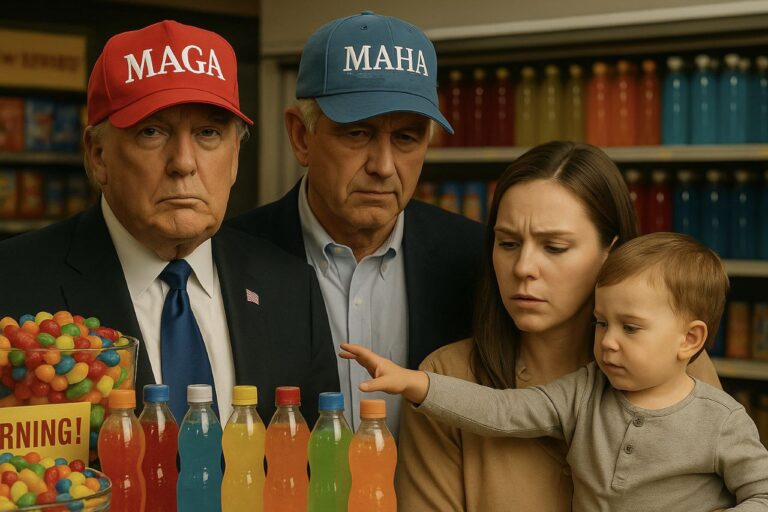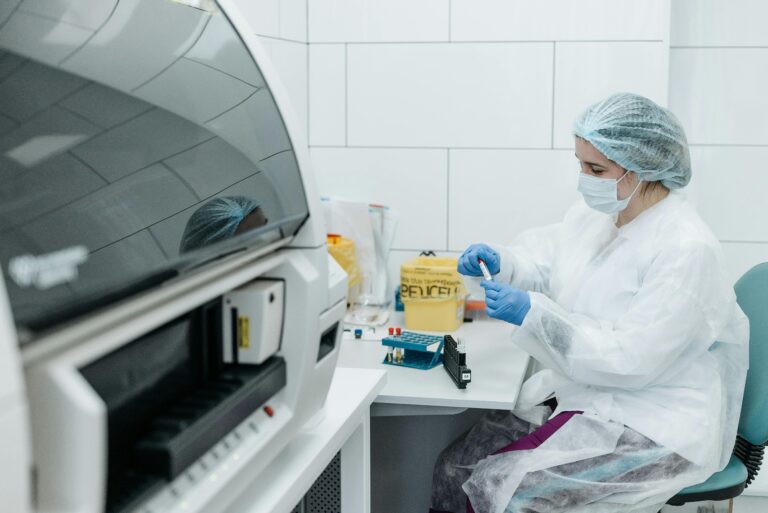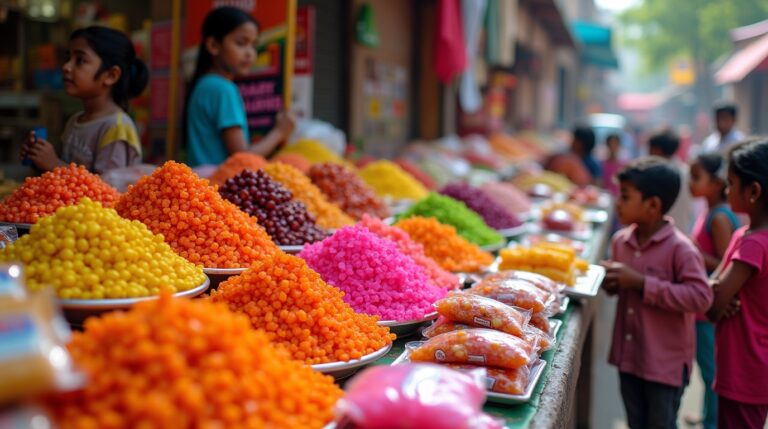Artificial Food Dyes and Oral Health: More Than Just a Cosmetic Concern
Health Desk – Martian Smiles Lab
New Delhi, UPDATED June 20, 2025 12:08 PM

When Food Colour Becomes a Health Question
That vibrant red lollipop. The neon cheese puffs. The electric blue sports drink after a workout.
These colours don’t just appeal to our eyes — they shape our choices. But behind these hues lie synthetic dyes, many of which are now under scrutiny for their potential effects on health, particularly oral health.
With the U.S. government under Donald Trump & Robert F. Kennedy Jr. accelerating plans to phase out artificial food dyes due to behavioural and health risks, it’s time we ask:
Could these dyes be silently staining more than just our teeth?
What Are Artificial Food Dyes — And Why Are They Under Fire?
Synthetic Food Dyes.
— Valerie Anne Smith (@ValerieAnne1970) April 6, 2024
The Colors We Are Dyeing For.....
All Petroleum Based & Recognized as Safe
by US Health Authorities. pic.twitter.com/nauciiFfNZ
Artificial food dyes are synthetic color additives, usually derived from petroleum or coal tar, that are used to enhance the appearance of processed foods and beverages. The most commonly used dyes include Red 40, Yellow 5, Yellow 6, Blue 1, and Blue 2 — all still legally allowed in many parts of the world.
While they may make snacks look appealing, they’ve been increasingly linked to health concerns, especially among children.
Beyond oral health, studies have associated artificial food dyes with:
Behavioural disorders like hyperactivity, inattention, and impulsivity in children (including those diagnosed with ADHD).
- Neurodevelopmental concerns, including disrupted dopamine pathways
- Immune responses such as rashes, asthma-like symptoms, and allergies
- Endocrine disruption and interference with thyroid function
- DNA damage and tumor formation in animal models, especially with dyes like Red 3
- Altered gut microbiome, which can influence mood, immunity, and digestion
These risks are why the EU requires warning labels on foods containing certain dyes — and why Trump & RFK Jr.’s administration is pushing for their voluntary removal across the U.S. by 2026.
But in many parts of the world, these same dyes are still widely consumed — and rarely questioned.
Stained Smiles and Synthetic Colours: How Food Dyes Affect Your Teeth

Let’s start with what we can see.
Artificial dyes can bind to enamel, especially when consumed regularly with acidic drinks or sugary foods. Children are particularly vulnerable — their thinner enamel and inconsistent brushing habits allow stains to set in more quickly.
Over time, dye particles settle into plaque biofilm and microgrooves of teeth, creating discoloration that even professional cleaning can struggle to erase.
With the rise of AI-powered toothbrushes, oral sensors are now beginning to detect and monitor enamel changes in real time — even differentiating between biofilm and pigment-based staining.
From Gums to Genes: Inflammation and Tissue Reactions You Can’t See
While stained teeth are visible, the real danger may be in what these dyes do below the surface.
Certain dyes, particularly Red 3 and Tartrazine (Yellow 5), have been shown to trigger allergic reactions and gum inflammation. In some people, they may lead to oral burning, swelling, or ulcers.
Even more concerning, lab-based studies have found these dyes may be cytotoxic to oral tissues — irritating the delicate cells lining our mouth, especially with long-term exposure.
Can Dyes Damage DNA? What the Research Says

The genotoxicity of food dyes is one of the most controversial topics today. In several laboratory studies, synthetic dyes like Red 40, Yellow 6, and Blue 1 have been shown to cause DNA strand breaks, oxidative stress, and chromosomal damage in oral keratinocytes — the cells that line the inside of your cheeks and gums.
While these results are mostly limited to lab and animal models, they raise concerns about cumulative toxicity — particularly in children, whose exposure may begin from infancy through everyday snacks.
Oral Cancer and Artificial Dyes: Real Risk or Alarmism?
Is there a proven link between artificial dyes and oral cancer? Not directly. However, some dyes have been shown to promote tumours in other tissues when consumed in large doses over long periods.
The real risk may lie in indirect pathways: chronic inflammation, DNA damage, and oxidative stress — all known contributors to cancer development. For individuals already exposed to other oral cancer risk factors (like smoking, alcohol, or HPV), these dyes could act as silent accelerators.
Public Health or Food Politics?
✅@SecKennedy announces plan to remove artificial food dyes and thanks @POTUS for empowering him to restore gold standard science at HHS.
— The White House (@WhiteHouse) April 23, 2025
MAKE AMERICA HEALTHY AGAIN! pic.twitter.com/kpx7hByAiE
The debate over food dyes is beginning to echo not just in America but through out the world.
RFK Jr.’s announcement to have the CDC stop recommending artificial dyes follows Utah’s state-level ban — a move applauded by many paediatricians and public health advocates.
Meanwhile, major brands like Kraft Heinz and General Mills have committed to phasing out dyes in U.S. markets — but continue to sell dye-heavy versions in India, Africa, Latin America and even smaller islands like Seychelles This dual standard raises critical ethical questions: Is it fair to remove toxic dyes for one population while allowing their sale to another?
Global Colour Divide: Why the Ban Must Go Beyond Borders

In countries like India, vividly dyed snacks, pickles, and candies are everyday staples — especially among children. But unlike the U.S., these regions often lack strict labelling laws or public awareness campaigns about food additives.
If artificial dyes are considered too risky for American children, why should they remain acceptable for the rest of the world?
Oral & General health is global. So is justice. And so should be the science.
A Smile Worth Protecting

Artificial food dyes bring more than just visual appeal — they bring a host of silent risks.
From discoloured enamel to gum irritation, from cell-level DNA damage to possible contributions to oral and systemic inflammation, their impact on oral health is real. But that’s just the start.
These dyes are also linked to childhood behavioural disorders, thyroid dysfunction, gut imbalance, and even immune hypersensitivity. Their bright hues often mask the dark reality of ultra-processed foods that harm us from the inside out.
The most vulnerable — children, low-income communities, and developing nations — often face the highest exposure with the least awareness.
Official Address
- Bonn, Germany
- Victoria, Mahe Island, Seychelles
- New Delhi, India.
- info@drbibhakarranjan.com
- +49 15560 936114
Copyright 2025 Dr Bibhakar Ranjan – All Rights Reserved
